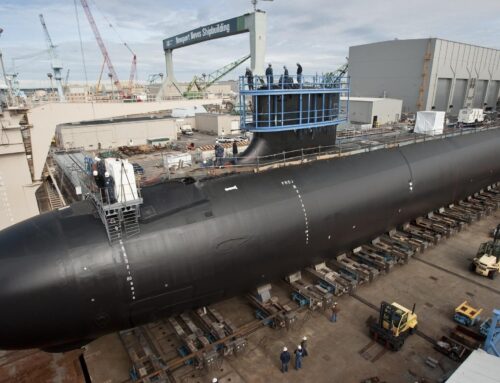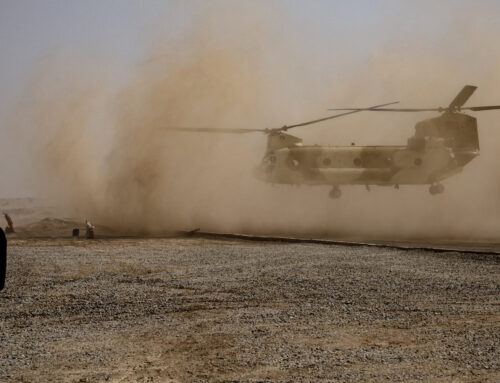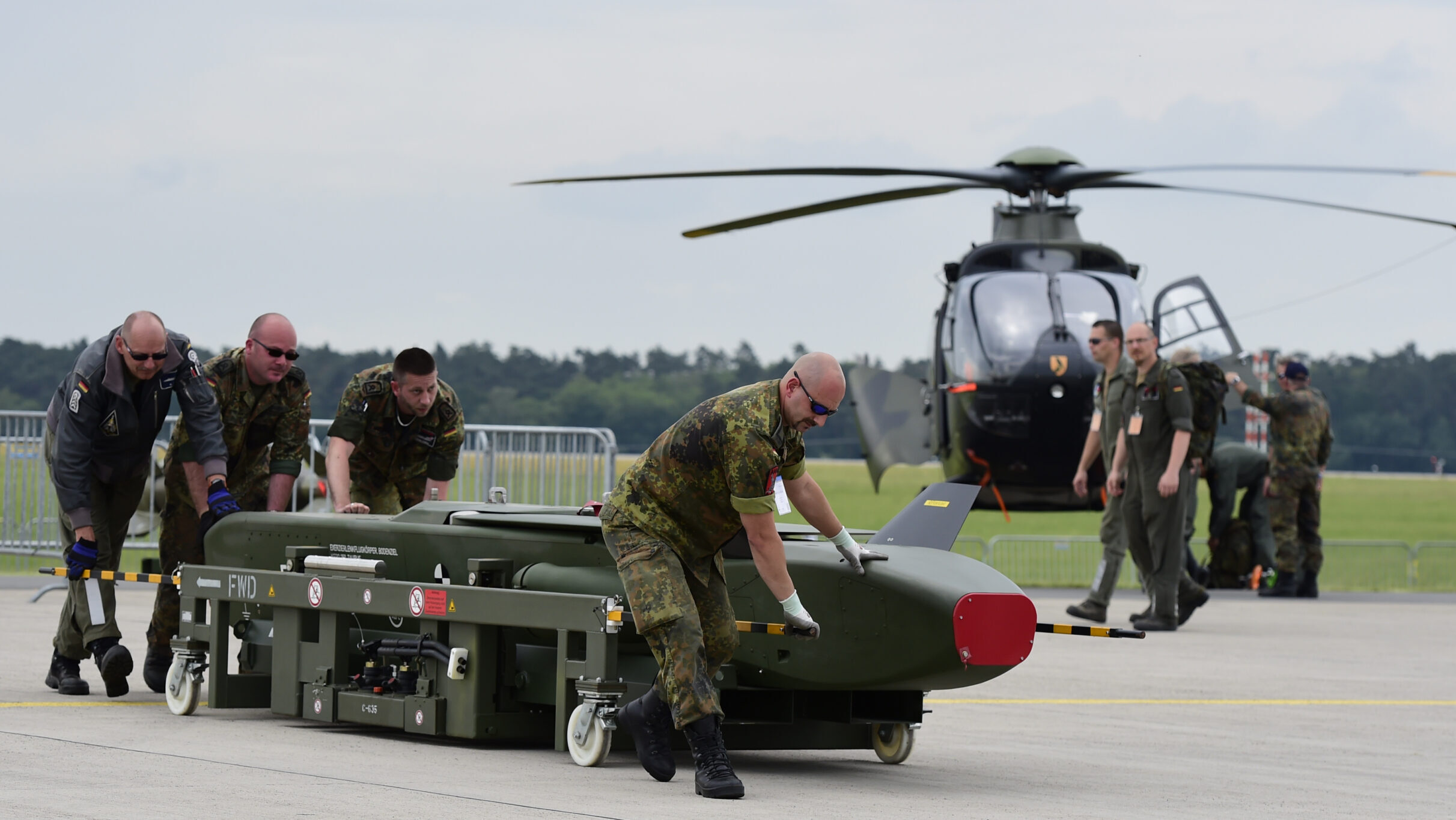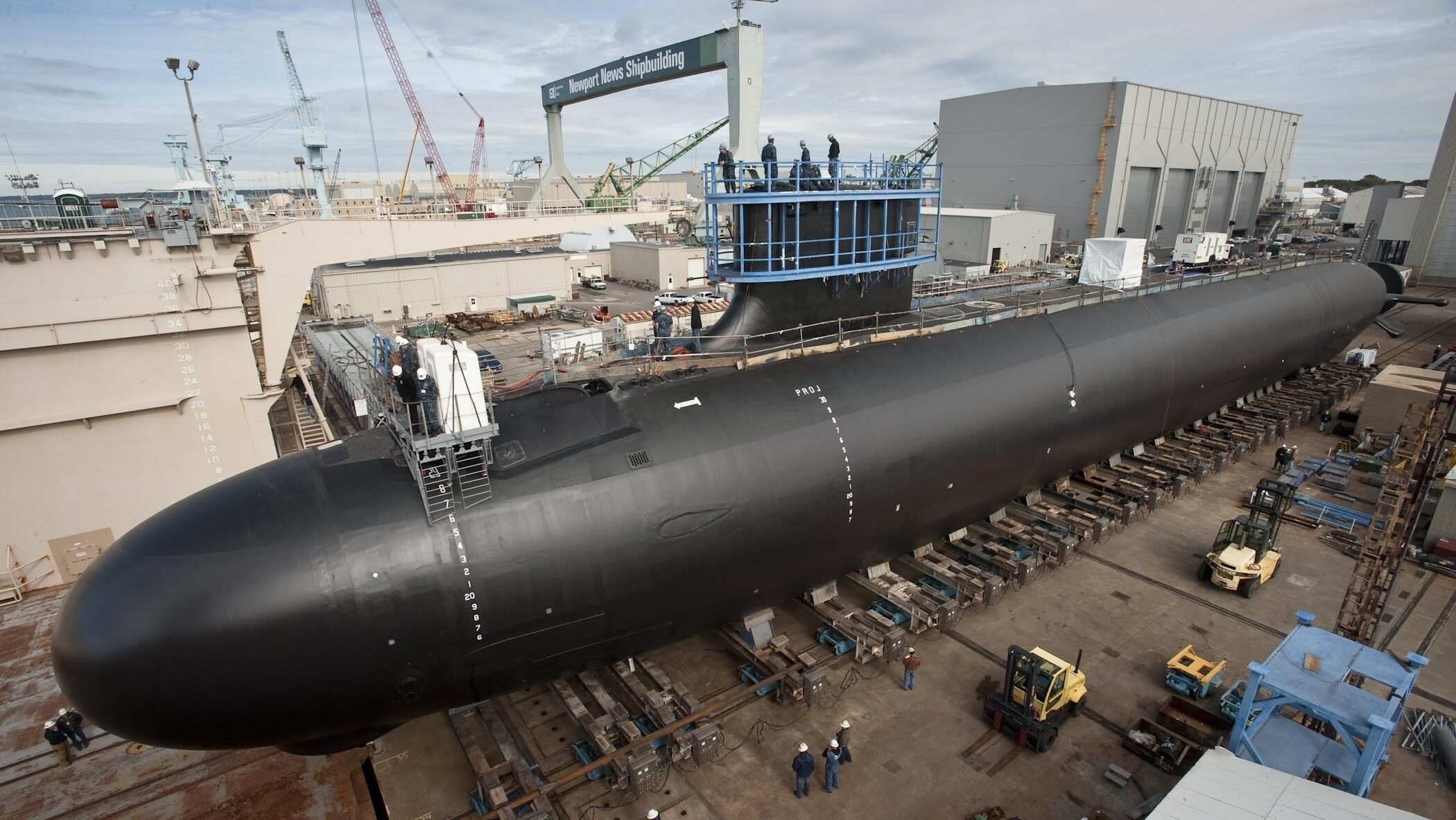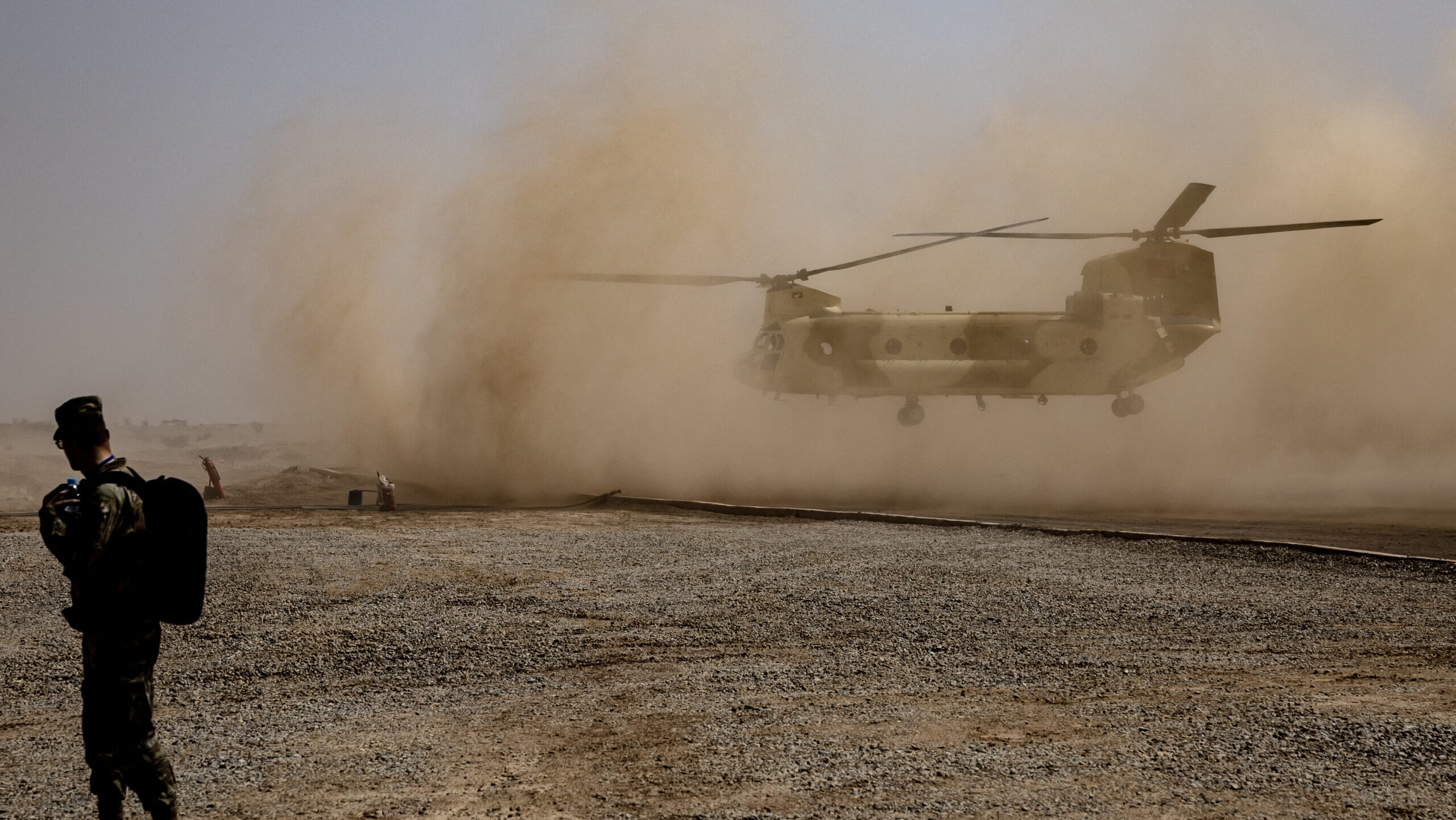A Bombardier Global 6500 aircraft. (Bombardier via US Army)
WASHINGTON — Sierra Nevada Corporation (SNC) has won a high-flying Army contract to convert a business jet into a deep-sensing spy plane, beating out an industry team up featuring L3Harris, Leidos and MAG Aerospace, the service announced today.
Under the High Accuracy Detection and Exploitation System (HADES) program, SNC will now be charged with integrating sensing technologies aboard the Bombardier Global 6500 business jet for airborne intelligence, surveillance and reconnaissance missions as the service phases out a legacy fleet of turboprop aircraft.
“HADES is the centerpiece of the Army’s long-promised aerial ISR transformation strategy,” Lt. Gen. Anthony Hale, Deputy Chief of Staff for intelligence, or G-2, said in a press release today. “HADES allows the Army to fly higher, faster and farther, which directly impacts our ability to see and sense deeper, delivering an organic capability in line with the Secretary of the Army’s number-one operational imperative – deep sensing.”
SNC did not immediately respond to a request for comment.
According to the Army, the HADES award initially provides $93.5 million, but has a ceiling of $991.3 million over the course of a 12-year indefinite delivery, indefinite quantity contract. The service announced earlier this year that it had contracted with Bombardier for one Global 6500 to serve as a prototype, with an option for two more jets over a three-year period. The program was recently approved as a middle tier of acquisition effort for rapid prototyping.
Andrew Evans, the director of the Army’s ISR Task Force, recently told Breaking Defense that once the new integration contract goes out, the first plane should be operational around 12-18 months later. Evans said initial packages for the aircraft’s baseline configuration include moving target indication, high-end signals intelligence and other capabilities. The Army is also interested in adding hardpoints to the wings of the aircraft to mount additional features.
While other services like the Air Force are seeking to shift tasks like ISR to space or even drones, Evans emphasized that unmanned platforms have their own pitfalls, like being susceptible to jamming, while space-based platforms can be expensive.
“So we have to balance all of those things — endurance trade offs, payload trade offs — with link dependencies. And so we determined inside the Army that we need a mix of assets, right? We can’t be all manned. We cannot be all unmanned. We need the value and benefit of both systems,” he said.





